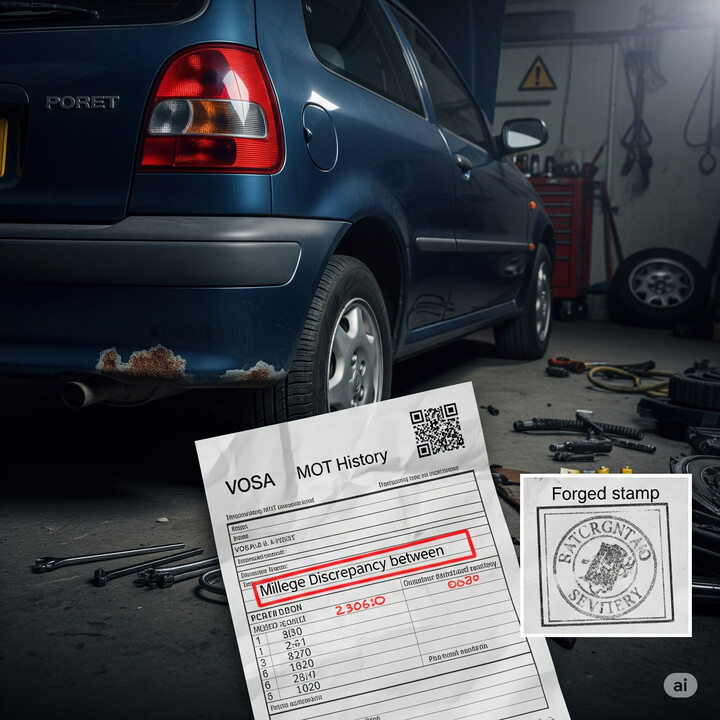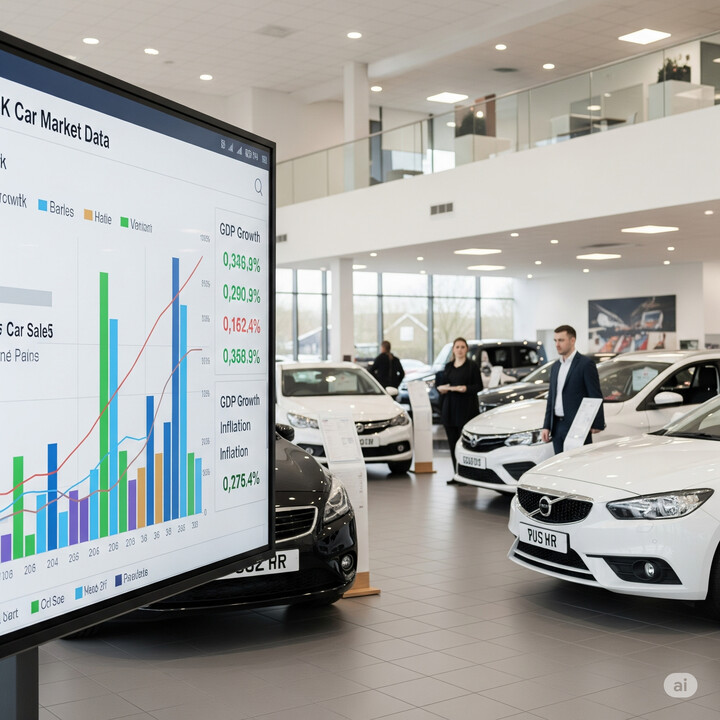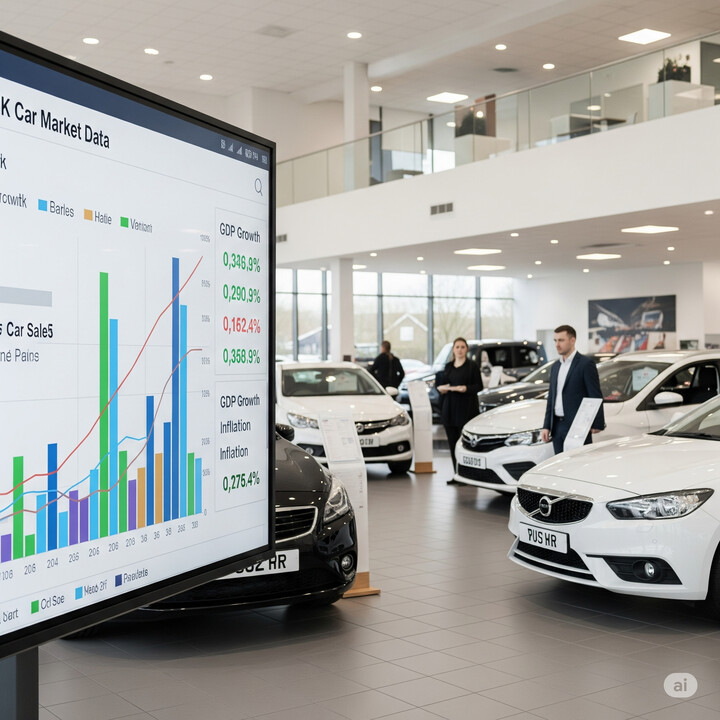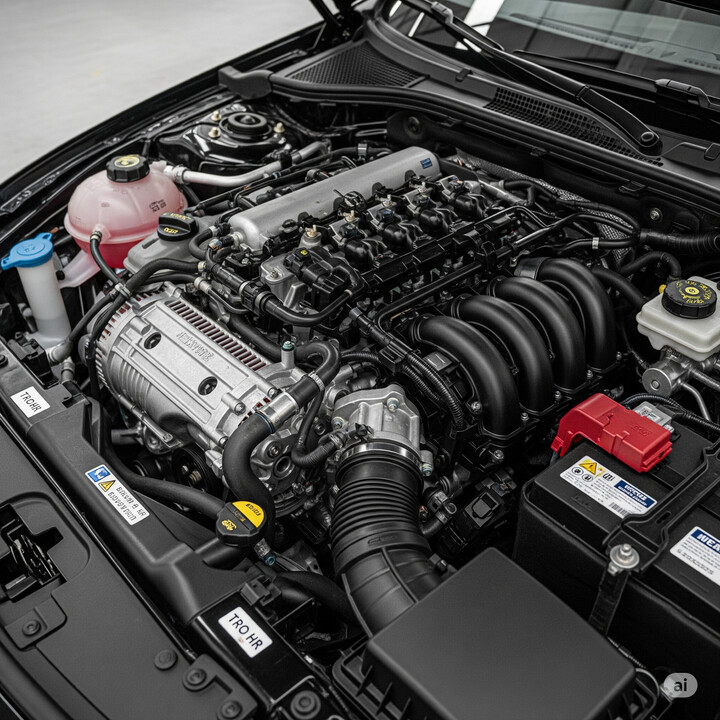
TOYOTA MIRAI (2021-) 4DR SALOON 0.0 FUEL CELL 174 DESIGN AUTO
The TOYOTA MIRAI (2021-) 4DR SALOON 0.0 FUEL CELL 174 DESIGN AUTO is an innovative and environmentally friendly vehicle that sits at the forefront of clean-energy motoring in the UK. As a fuel cell saloon, it stands out as one of the few cars available that harness hydrogen power, offering a smooth and silent driving experience with zero emissions. This makes it particularly appealing to eco-conscious drivers and businesses looking to reduce their carbon footprint. The Mirai’s sleek design and advanced technology make it well-suited for urban commuters, company car fleets, or anyone seeking a premium, forward-thinking vehicle that combines modern luxury with sustainability.
What makes the TOYOTA MIRAI unique is its fuel cell technology, providing impressive range and quick refueling compared to other electric vehicles. It’s known for reliability and a quiet, comfortable ride, making it a compelling choice for those wanting a cutting-edge yet practical saloon car. With an average mileage of just over 15,000 miles and a typical private sale valuation around £42,700, this used model offers a rare opportunity to own a pioneering vehicle at a reasonable cost. If you're considering a trustworthy, innovative alternative to traditional petrol or electric cars, the TOYOTA MIRAI (2021-) 4DR SALOON 0.0 FUEL CELL is worth exploring, especially for environmentally conscious drivers and early adopters of hydrogen technology.

average use

The data indicates that the majority of the Toyota Mirai (2021-) 4-door saloon with a 0.0 FUEL CELL, 174 Design Auto, have low mileage, with 91.7% of vehicles recorded to have driven between 0 and 10,000 miles. Only a small fraction, 8.3%, have mileage between 10,000 and 20,000 miles. This suggests that most of these vehicles on the road are relatively new or have seen limited use.

vehicle values

The private sale valuations for the 2021 Toyota Mirai 4DR Saloon 0.0 Fuel Cell 174 Design Auto indicate that most prices cluster around the £33,000 to £37,000 range, with several price brackets showing an 8.3% share. Notably, there are significant proportions of vehicles valued between £42,000 and £45,000, accounting for 25% and 16.7% of the data respectively, suggesting a slight concentration of higher-valued models in these ranges. Overall, the data reflects a spread across a broad price spectrum, with a notable distribution of vehicles at both lower and higher ends, hinting at varying vehicle conditions or features impacting valuation.

production years

Based on the data for the Toyota Mirai (2021-), the majority of vehicles, approximately 58.3%, were manufactured in 2021, indicating a relatively newer stock. Meanwhile, a notable 41.7% of these vehicles are from 2023, suggesting that some vehicles have remained in use or inventory for a couple of years before sale or registration. This distribution highlights a balanced presence of both recent and slightly older models within this vehicle type.

colour popularity

The data indicates that the most common main paint colour for the Toyota Mirai (2021-) 4-door saloon is Black, accounting for 33.3% of vehicles. White and Grey are also popular, making up 25% and 16.7% respectively. Blue shares the same percentage as Grey at 16.7%, while Red is less common at just 8.3%. Overall, black is the dominant colour choice among this model, with a significant portion of vehicles featuring darker hues.

ownership cycle

The data indicates that the majority of Toyota Mirai (2021-) vehicles, specifically 83.3%, have had only one registered keeper, suggesting a high level of ownership stability or lower turnover among owners. Conversely, 16.7% of these vehicles have had two registered keepers, which may reflect some ownership changes but overall points to a predominantly consistent ownership history. This pattern can be indicative of the vehicle's reliability or owner satisfaction.

engine choices

The data indicates that all Toyota Mirai (2021-) models in the sample are powered exclusively by electric fuel, with no information available regarding their engine capacity. This aligns with the vehicle being a hydrogen fuel cell electric vehicle, highlighting its reliance on alternative, clean energy sources rather than traditional internal combustion engines.












